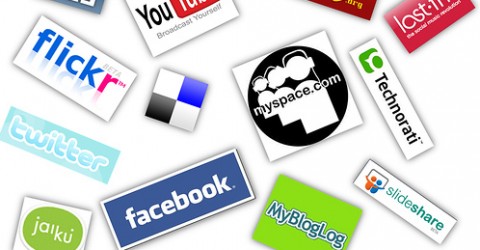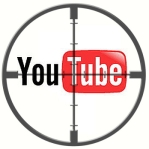 Do you remember when you first started your business? The ideas, the fire, the drive you had when you woke up in the morning. Sitting at your coffee table, reading the paper, following CNN; thinking about how you are going to change one aspect of your business to better the rest. You had no doubt about the direction, you had no doubt that you wouldn’t succeed. No one could tell you any different from what you thought. You attended the network meetings, you handed out the business cards that you self designed. You even made it a point to shake everyone hands.
Do you remember when you first started your business? The ideas, the fire, the drive you had when you woke up in the morning. Sitting at your coffee table, reading the paper, following CNN; thinking about how you are going to change one aspect of your business to better the rest. You had no doubt about the direction, you had no doubt that you wouldn’t succeed. No one could tell you any different from what you thought. You attended the network meetings, you handed out the business cards that you self designed. You even made it a point to shake everyone hands.
So now you are a few years into your business, the fire is still there but it is now more of a light flame, just enough light to keep you going, but not the fire it use to be, getting up in the morning doesn’t have the same flare it use to. The once organized coffee table is now a cluster of assorted papers that you still have to go thru. Where did that passion go? Where did that love for your business go? Why isn’t the fire burning as bright as it use to?
Maybe it is the routine of your business, like any new job, once you begin, you have this passion to be the best, strive harder then any other employee, to stand out above any other, but once that passion in that job is gone and the days and hours come and go, you get into a routine, and that passion doesn’t go away but instead turns into routine, you are no longer have that “on fire” feeling, but now it is a routine of daily chores that provide you with a pay check.
So how do you get that passion back? How do you get back to the days when you were on fire, how do you incorporate the passion you once had with the market and changes of today?
I think one way is integration. As the years go on, the way we market, promote and advertise ourselves changes. I have been to so many networking groups where the people use the same techniques from years passed to market themselves. You start introducing yourself as if you were reading from a que-card. The speeches, the act, the persona you once carried is now routine. We have forgotten to integrate our unique personality into our business. Remember that people are buying you as well as your product. Selling is a face to face art. Not just handing out a business card and calling it quits.
Try new ideas and techniques. Marketing in this economy is as every changing as the people who do the marketing..
I think another way is stepping outside of the box and looking at your competition and seeing what is working for them. You don’t need to copy them because success is not universal. The person who is successful by doing one thing is not necessarily going to work for you.
The goal in the end of course is to get that passion back into your life. Even I sometimes lose a little of my fire for what I do…even blogging. As the market changes entrepreneurs, individuals and corporations have to change with it. Passion is huge! You need to keep that fire for what you love going! Without that fire and passion in your business. It will never grow and you will never succeed, no matter how smart you are or no matter how much you want it. People can see that passion for what you do in your voice, on your face and in your heart! Remember you are a reflection of your business!! If there is no Passion in your heart then there is no passion in your business.




